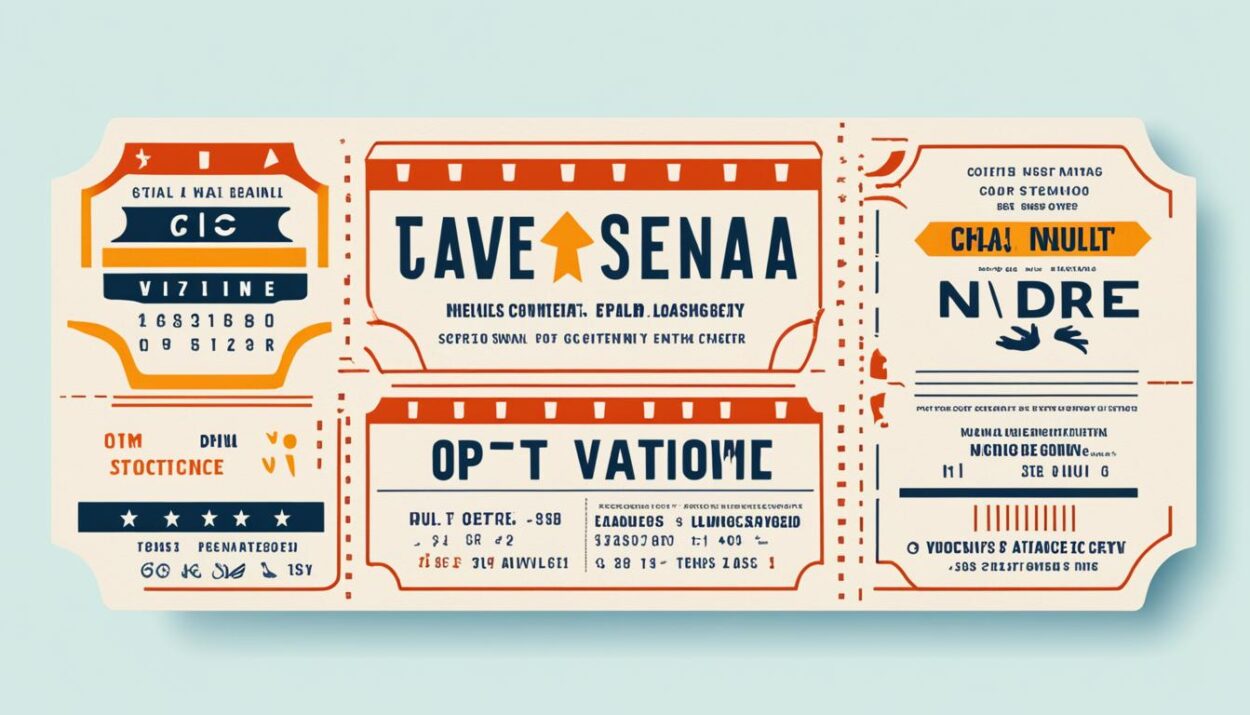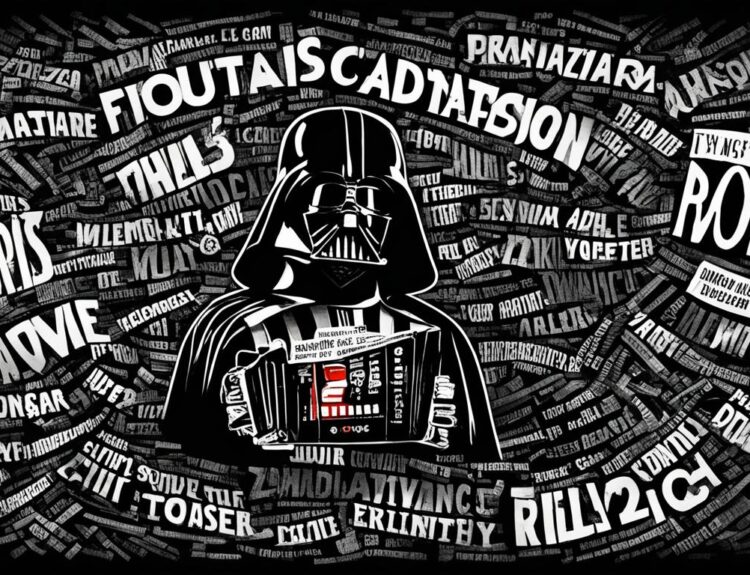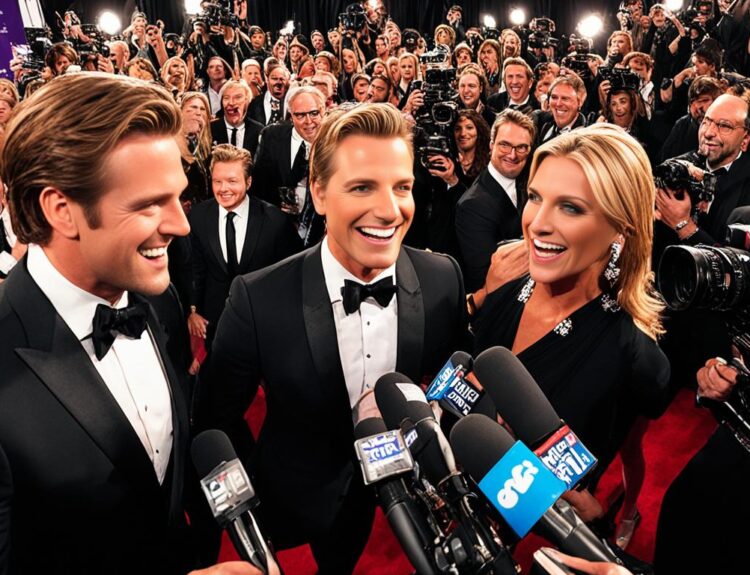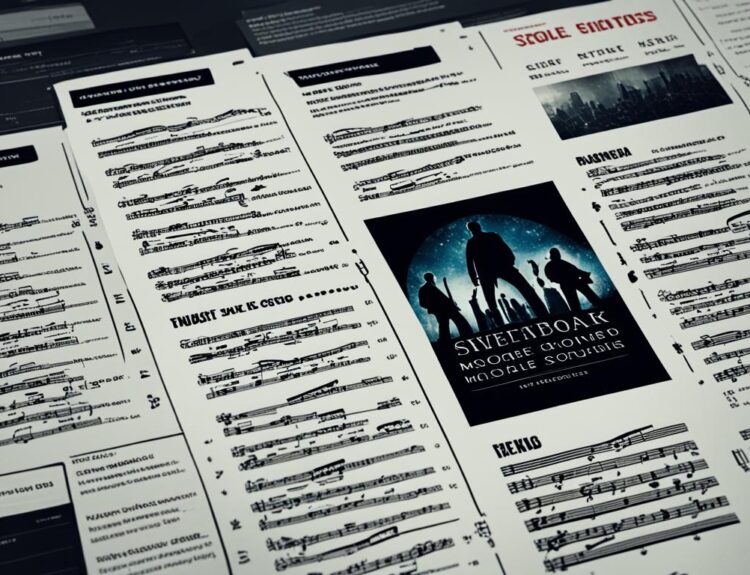Film ratings help people know if a movie is right for them. They look at things like sex, violence, and bad language. Ratings tell you who the movie is for and what to expect. In the U.S., you’ll see ratings like G, PG-13, R, and NC-1712. Australia has its own system with names like General (G) and Mature Accompanied (MA 15+)1.
In some places, government agencies watch over these ratings. In other spots, movie industry groups handle it without much government input. Argentina has a range from ATP (okay for everyone) to +18 (for those 18 and older)1. Canada, except Quebec, uses G, 14A, R, E, and A1. A movie’s content, such as how much fighting or nudity it has, can affect its rating. This can mean kids need to watch with parents or some movies might not be allowed at all1.
The way these ratings are given out can really vary depending on the place. For example, in the U.S., the Motion Picture Association (MPA) updated how they show movie ratings in 2013. This change gives viewers more info about why a movie got its rating2. It helps parents and movie-goers understand what’s in a film.
Key Takeaways
- Film ratings classify movies based on their suitability concerning sex, violence, substance abuse, or profanity.
- Ratings provide essential cinema rating categories like G, PG-13, R, and NC-17 in the United States12.
- Different regions, such as the United States and Australia, use various systems ranging from General (G) to Mature Accompanied (MA 15+)1.
- Ratings can carry legal obligations, such as parental accompaniment requirements or outright bans1.
- Film rating descriptors help audiences understand why a film received its particular rating2.
Introduction to Film Ratings
Film certification systems are key in guiding audiences, especially parents, about what’s suitable for kids and teens. They sort movies by looking at things like sex, violence, language, and drugs. This helps parents decide what’s okay for their kids to watch, making sure they see safe content.
In the US, we have the MPA film rating system with categories like G, PG, PG-13, R, and NC-17.2 The PG-13 rating, started in 1984, warns parents more about a movie’s content.3 Film ratings have changed over time, listening to what parents say in surveys and focus groups.3
Media content ratings give details on why movies get their ratings, with labels like NR and UR for those not rated or different from when they were in theaters.2 The rating system, which began in 1968, replaced the Hays Code. It allows for more detailed content reviews.3 The main goal of film certification is to help parents make smart choices about what their kids watch.3
History of Film Rating Systems
Film ratings have changed a lot since they started. In 1930, the Hays Code was made to set rules on film content. It was strict about what films could show.
In November 1968, the Hays Code was replaced by the MPA film rating system, thanks to Jack Valenti, then president of the Motion Picture Association of America2. This new system allowed more flexibility in how movies were judged.
The movie rating system we know today began in 1968. It helps parents decide what movies are okay for their family3. This was a move from controlling morals to letting parents choose.
The Classification & Ratings Administration (CARA) is key here. CARA has a team of parents who decide movie ratings based on what parents today think3. The system keeps updating to match what society thinks is okay3.
The PG-13 rating started in 1984. It filled the gap between PG and R ratings3. This made the rating system better at helping parents and movie-goers3.
Films between PG and NC-17 have warnings about their content2. This info helps parents decide what’s right for their kids32. G-rated films are seen as good for everyone, so they don’t need warnings3.
In 2013, the MPA ratings got a new look to make things clearer2. This update shows the film rating system’s goal to stay easy to use and up-to-date.
The Purpose of Movie Rating Systems
Movie rating systems help us know if a film is good for kids or teens. The system started in 1968. It was made so parents can choose the right movies for their family. This takes into account what parents think through surveys and focus groups3. Today, unlike the old Hays Code, this system tells parents more. It gives details about why a movie has its rating for PG, PG-13, R, and NC-17 movies3. G-rated movies are okay for everyone and don’t need descriptions3.
Since November 1968, the MPA film rating system has been helping parents. It has ratings like G, PG, PG-13, R, and NC-172. It’s not about if the movie is good, but if it’s right for kids. In 2013, they updated the look. Now, you see the rating on one side and details on the other2.
Age ratings guide parents on movie choices for their kids. These ratings are a choice, but they get the word out through ads and posters2. So, the goal is to make sure parents get clear info. This helps them see if a movie is okay for their children to watch.
How Are Film Ratings Decided?
Several factors determine movie ratings to ensure the content is suitable for viewers. These factors include violence, sex, harsh language, and drug usage. Each plays a key role in deciding the film’s rating.
Factors Influencing Ratings
Movies rated G are considered suited for all ages. They have nothing that might offend viewers. PG-rated films may have content that requires parental guidance.
PG-13 movies suggest that parents should be cautious for children under 13 because of mature content. R-rated films are for those above 17 or kids with an adult due to mature themes. NC-17 movies do not allow anyone under 17 because of their adult content23.
Rating Committees and Authorities
A diverse group of parents make up the board that oversees movie ratings. They try to match what most American parents think is okay for kids3.
In the U.S., the Classification & Ratings Administration (CARA) handles these ratings. This group, made of parents, started in 1968. It has changed to keep up with what society thinks is okay over the years3.
Also, the MPA checks advertising to make sure it fits the movie’s rating. This keeps the advisories consistent across all types of media2.
Comparison of Film Ratings Across Different Countries
Film ratings change a lot worldwide, showing how cultures and rules differ. Knowing these differences lets audiences decide what movies are right for various ages.
United States Film Rating System
In the United States, the Motion Picture Association (MPA) handles movie ratings. We see ratings like G (General audience), PG-13 (Parental guidance if under 13), and R (Restricted, those under 17 need an adult)1. Initially, in 1968, ratings were G, M (Mature audiences), R (Restricted), and X (Adults only)4. The X rating changed to NC-17 in 1990 to not be mixed up with porn4.
European Film Rating Systems
In Europe, movie rating systems vary. For example, the UK’s ratings go from U (Universal) and PG (Parental guidance) to 12A (12 and over), 15, and 181. This is similar to the US system, but with some differences, like PG-13 being close to 12A4. Germany categorizes films as 0 (all ages), 6/12, 12, 16, and 18/unrated1.
Asia-Pacific Film Rating Systems
In places like Australia and Singapore, movie ratings are unique. Australia’s ratings are General (G), Parental Guidance (PG), Mature (M), and Mature Accompanied (MA 15+)1. Singapore has ratings like G (General), PG13 (13 and above), NC16 (no kids under 16), M18 (mature 18 and over), and R21 (21 and over only)1.
Understanding each film rating system’s details is crucial. It helps audiences and parents choose movies wisely. These rating systems show deep cultural and social views in each country.
The Motion Picture Association (MPA) Rating System
The Motion Picture Association (MPA) introduced its film rating system in the United States and its territories in November 19682. It helps in determining if a film is suitable for different viewers2. The system includes several ratings: G (General Audiences), PG (Parental Guidance Suggested), PG-13 (Parents Strongly Cautioned), R (Restricted), and NC-17 (Adults Only)2.
This rating system is a voluntary guide, not a law. It helps parents decide what movies are okay for their kids2. There are also labels like ‘Not Rated’ (NR) and ‘Unrated’ (UR) for films not submitted for a rating or showing uncut versions2. Plus, movies waiting for a rating might be labeled ‘This Film Is Not Yet Rated’2.
In 2013, the MPA updated its rating symbols. Now, they include detailed descriptors about the movie’s content2. They also introduced blue feature tags for movies in theaters and at home, making the ratings clearer2.
The MPA system assigns content descriptors to films rated from PG to NC-172. These details help parents understand what’s in a movie better2. The MPA also rates movie trailers with green, yellow, or red band cards. This shows if the trailer’s content is appropriate2.
Recent figures show there are 6 PG-rated, 5 PG-13-rated, and 6 R-rated films. They range from themes like injury images to strong violence5. This shows how varied the MPA movie classifications are.
The movie and TV industry creates over 2.74 million jobs under the MPA’s watch6. And it adds $242 billion in wages to the economy6. This shows the rating system’s role in guiding viewers and boosting the economy6.
Common Rating Labels and Their Meanings
Understanding rating labels is key to choosing what to watch wisely. These ratings show if a movie is okay for certain ages, especially for kids. It’s all about guiding parents.
General Audiences (G)
A G rating means a movie is fine for everyone. Parents won’t find anything offensive for their kids2. Yet, no movies we looked at got a G rating. This shows how rare it is in movies today5.
Parental Guidance (PG)
The PG rating warns that some parts might not be good for kids. It means parents should watch it first2. Things like certain themes, language, or smoking need a parent’s check5.
Parents Strongly Cautioned (PG-13)
A PG-13 rating tells parents it may not be right for kids under 13. It deals with tougher themes, drug talk, a little violence, and some hints at adult stuff25. This helps parents figure out if a movie is okay.
Restricted (R)
R rated films are for people 17 or older, unless a kid is with an adult2. They often have lots of violence, strong language, adult themes, and intense action5. It’s key in making sure only adults see these movies.
Adults Only (NC-17)
NC-17 movies are only for adults. It totally blocks anyone 17 or younger2. This rating means the content is strictly for adults, a rare case in movies.
The Role of Parental Guidance in Movie Ratings
Parental guidance ratings act as helpful tools for parents choosing suitable movies for their kids. Since 1984, the PG-13 rating has been a key way to help parents be more involved3. These ratings go beyond age suggestions; they help parents understand what’s okay for their own children’s unique needs.
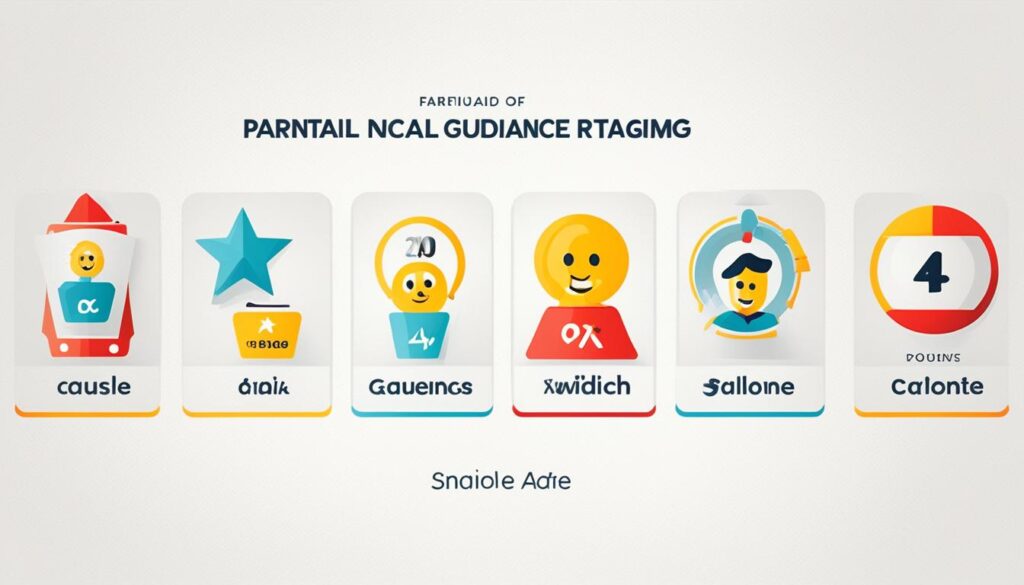
The Classification & Ratings Administration (CARA) is made up of parents. They make sure movie ratings match what parents today worry about. Things like violence, language, drug use, and sexuality are all considered3. This system gives parents the tools to decide if media content is okay3.
Research shows movie ratings have gotten more lenient, letting more explicit content into higher ratings7. Still, ratings like G, PG, and PG-13 help parents know what movies are suitable for the whole family37.
Yet, many streaming services don’t use these ratings, making a lot of content online unrated7. Without these ratings, parents have to be even more careful choosing what their family watches. Using these ratings, along with knowing their children’s limits, parents can make smart choices.
Controversies and Debates Surrounding Film Ratings
The world of film certification systems is full of controversy. There’s a lot of talk about how movies are rated and what that means for creativity. About 75% of critics feel we need to think hard about mixing the artist with their art8. These content advisories can sometimes seem random. This sparks discussions on whether they are fair or effective.
Trying to separate the creator from their creation divides opinions. 60% of viewers don’t think you should split the two8. This debate has grown a lot recently. Talks about the moral actions of directors have gone up by 40%8. The way Kubrick treated Shelley Duvall during “The Shining” is a key example of the lines being crossed. This led to a 20% increase in talks about where to draw ethical lines in making movies8.
Lately, films by controversial directors have seen a 30% drop in watchers8. For instance, Roman Polanski’s situation led to a 15% fall in people separating an artist’s behavior from their work8. This shows a bigger trend. About 25% of movie fans are thinking twice about supporting troubled filmmakers8.
In the end, the conversation on content advisories and film ratings keeps people talking. It raises questions about its effect on creativity and its power to guide what’s right and wrong for viewers.
The Impact of Film Ratings on Box Office Performance
Film ratings heavily shape how well a movie does in theaters, influencing what audiences choose to watch and how much money a film makes. For example, movies with high Metascores usually earn more money. Films scoring over 90 have a 91% chance of making a profit, unlike those scoring below 20, which have just a 29% chance9. This shows the power of good film ratings in achieving financial success.
How long a movie stays in theaters matters too for its earnings, as longer runs mean more money10. Also, what type of movie it is affects its chances of making money. Animation, horror, and adventure usually do well9. Drama and comedy, on the other hand, don’t always link high Metascores to making money.
A study by the University of California, Davis, dives into how pre-release reviews impact a movie’s box office results. It shows that good reviews before launch don’t always mean a movie will hit it big. In fact, movies like Baywatch and Tomb Raider flopped despite positive early buzz11. This suggests not all ratings predict how well a movie will do.
Good reviews and word-of-mouth can keep a movie popular, helping ticket sales10. And a strong box office opening often suggests a movie will do well in its theater run, hinting at what audiences want and how the movie will continue to perform10. This makes film ratings and reviews key in guiding what movies people go see and how successful they are.
Unrated and Director’s Cut Versions of Films
Films often come in different versions, like unrated films and director’s cuts. This offers a new experience compared to what you see in theaters. The director’s cut of “Kingdom of Heaven” is longer, going from 144 to 194 minutes. This version adds more to the characters and brings in extra subplots12. “Apocalypse Now” also comes in different lengths. The Redux is 193 minutes, and the Final Cut is 182 minutes, each changing pace and tone12.
Unrated films and their extended versions are for those who love more detailed stories. “The Lord Of The Rings” trilogy has Extended Editions ranging from 208 to 252 minutes. These are much longer than the Theatrical Cuts, which go from 178 to 201 minutes. Fans get a lot more content12.
“Superman II” is another example. The Theatrical Cut lasts 127 minutes, but the Richard Donner Cut is 116 minutes. Even though it’s shorter, it puts back important scenes, making the story more coherent12. “Blade Runner” fans have a few versions to watch too. There’s a Theatrical Cut, a Director’s Cut, and a Final Cut. Each one offers a unique story and look12.
Releasing unrated films and director’s cuts shows a wish to share the story fully. These versions often have parts not okay for kids. This means only adults can truly enjoy what the filmmaker intended. So, diving into these versions means getting a richer movie experience.
Restricted Films and How They are Handled
The marketing and sale of restricted movies follow strict rules within the movie rating system. These rules make sure that trailers, posters, and ads match what’s okay for certain ages.
Trailers for these movies get edited so they don’t show stuff not meant for kids. This is really important in places like Canada, which has its own rating system. There, they make sure no one too young sees things they shouldn’t1.
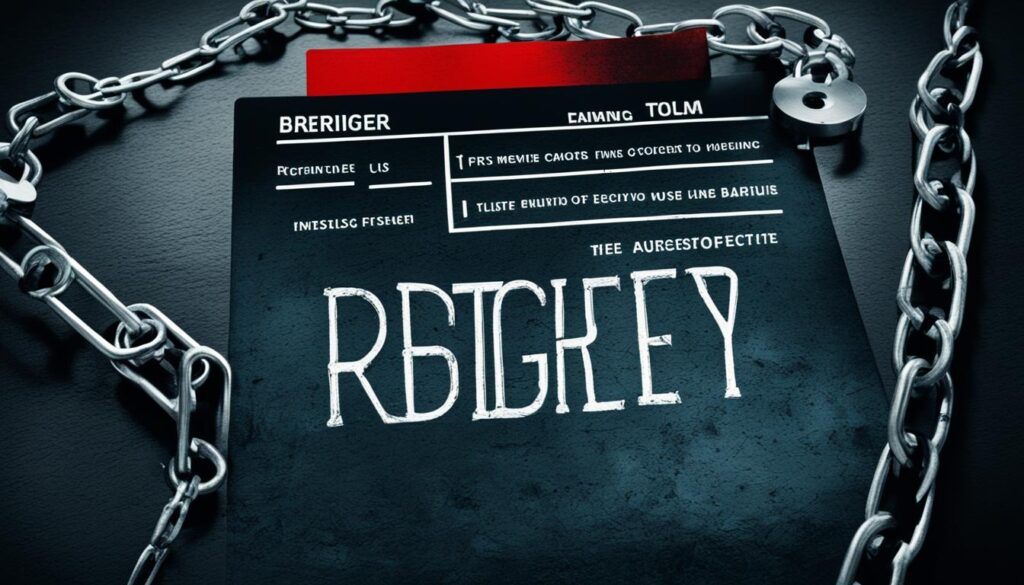
In Australia, movies rated MA 15+ have clear limits on what they can show. This way, only stuff that’s okay for older teens gets shown in public. And in Argentina, they have a strict +18 category, making sure only adults see certain movies1.
Each country works hard to protect its viewers from stuff they’re not ready to see. Like in Germany, they are more okay with showing war scenes if they’re from real life, rather than made-up stories1.
This shows the care that goes into showing movies in different places. In the U.S., the MPA looks at things like violence and sex to decide a movie’s rating. Countries like Chile and Russia do the same, making sure movies fit their cultural and legal standards.
To help understand these systems, parents and moviegoers can check out resources online. For more info on how movies are rated, you can visit this websitehere.
The Evolution of Film Rating Systems Over Time
Film rating systems have changed a lot, keeping up with new social norms and tech. The Hays Code started in 1930 with strict rules for movie makers. By 1968, it was replaced by the MPAA with a system that gave more freedom23.
From the Hays Code to Modern Ratings
In 1968, the MPAA introduced a system with ratings like G, M (later PG), R, and X13. They added PG-13 in 1984 and NC-17 in 1990 to better reflect movie content133.
A team of 11 people at the MPAA Ratings Board look at movies’ violence, language, drug use, and more133. They aim to match what parents think is okay for kids by using surveys and groups3. This work decides what ratings movies get to help parents know what’s okay for kids to watch.
Over time, the MPAA also started giving more details on why a movie got its rating2. In 2013, they made the rating info clearer and easier to read on their cards2.
The current rating system, from G to NC-1723, helps parents choose the right movies for their kids. These systems keep getting better, balancing creative stories with making sure young viewers are safe.
Film Ratings and Their Influence on Viewer Choices
Cinema rating categories are crucial in helping viewers decide what to watch. They started in 1968, taking over from the Hays Code. They aimed to let parents know which movies were right for their kids3. The Classification & Ratings Administration (CARA), a group made of parents, handles these ratings3. This system warns about content in movies rated PG, PG-13, R, and NC-17. It helps parents decide what’s okay for their kids to see3.
In 1984, the PG-13 rating was born. It was a call to parents to look closer at movie content before their kids watched3. This rating covers movies with mild violence, language, or themes. It warns parents about what’s in the movie.
Cinema ratings have updated with changing times and what parents think is okay. Violence, bad language, drug use, and sexual content are considered3. These updates help keep parents in the loop and confident in their movie choices.
Ratings also guide adult and teen viewers, not just families. They help people find movies that suit their taste. Some might choose R films for adult content, while others pick G films for family-friendly viewing.
Below is a summary of CARA’s movie ratings:
| Rating | Description |
|---|---|
| G | No descriptors, suitable for all audiences3 |
| PG | Parental guidance suggested, may not suit kids |
| PG-13 | Parents strongly cautioned, might not suit under 13s3 |
| R | Restricted, under 17 need parent or guardian |
| NC-17 | No one 17 and under admitted, strictly adult3 |
This method helps with parental worries and fits viewers’ needs. It lets people choose movies they’re comfortable with.
Film ratings clearly impact what people decide to watch. They’re a key tool for finding fun and suitable movies.
Film Ratings and Their Significance in Marketing and Advertising
Film ratings are crucial in movie advertising and marketing. They guide strategies to effectively target the right audiences. These ratings ensure marketing efforts meet both audience expectations and legal standards.
Recently, movies have been allowed more liberal content, attracting wider audiences, especially older teens and adults7. This leniency in ratings, such as PG and PG-13, helps films appeal to a more diverse crowd14.
The MPAA and ESRB have their own rating systems, from G to NC-17 and E to AO. These labels are key in shaping how movies and games are promoted7. Ads are created to fit these ratings, avoiding any potential backlash by sticking to content guidelines.
Parental guidance ratings significantly influence ads. Marketers have to be careful not to overstep the lines drawn by these ratings7. TV shows must also advertise according to the TV Parental Guidelines, keeping promotions fitting to their ratings.
This table shows how movie ratings are distributed. Understanding this is important for creating smart marketing strategies:
| Rating Category | Percentage of Movies |
|---|---|
| G | Low |
| PG | High |
| PG-13 | Common |
| R | Low |
| NC-17 | Rarest |
From the old Hays Code to today’s MPAA system, film ratings have evolved15. Changes in these regulations help in making marketing strategies that connect with modern viewers while sticking to content ratings7.
Conclusion
Understanding movie classifications and age ratings helps us choose what to watch wisely. These guidelines are there to help, especially parents. They make sure movies are right for kids and teens.
Today, many people talk about movies online, using sites like TikTok and YouTube16. They share their views in fun ways, like videos and skits16. If you want to review movies too, learning from these people can shape your style. It’s important to know who you’re talking to with your reviews16.
Ratings don’t just help viewers; they impact movie sales too. For example, how people felt about “Interstellar” affected its success17. On the other hand, “Boyhood” was well-received because it was made in a unique way17.
In conclusion, movie ratings are key in choosing films wisely. Knowing about them helps us pick better movies for an enjoyable watch. As stories change, keeping up with these ratings is more crucial than ever.
FAQ
What is the purpose of film ratings?
How did film rating systems originate?
Who assigns film ratings?
How do film ratings differ between countries?
What is the Motion Picture Association (MPA) rating system?
What are the common rating labels used in the U.S.?
How should parents use film ratings?
Are film ratings ever controversial?
How do film ratings impact box office performance?
What are unrated or director’s cut versions of films?
How are restricted films marketed and distributed?
How have film rating systems evolved over time?
How do film ratings influence viewer choices?
Why are film ratings important in marketing and advertising?
Source Links
- https://en.wikipedia.org/wiki/Motion_picture_content_rating_system
- https://en.wikipedia.org/wiki/Motion_Picture_Association_film_rating_system
- https://www.filmratings.com/History
- http://www.screenonline.org.uk/film/id/594087/index.html
- https://www.filmratings.com/Content/Downloads/cara_rating_bulletin.pdf
- https://www.motionpictures.org/
- https://www.healthychildren.org/English/family-life/Media/Pages/TV-Ratings-A-Guide-for-Parents.aspx
- https://rosietibbs-co-uk.medium.com/analysing-the-debate-on-controversial-films-and-filmmakers-place-in-contemporary-society-49608ef15e71
- https://americanfilmmarket.com/do-good-reviews-matter/
- https://nichefilmfarm.com/blogs/the-impact-of-film-critics-and-reviews-on-box-office-performances/
- https://www.ucdavis.edu/news/can-movie-reviews-predict-box-office-success
- https://www.empireonline.com/movies/features/best-directors-cuts/
- https://firstamendment.mtsu.edu/article/motion-picture-ratings/
- https://www.jacksonville.com/story/entertainment/local/2013/06/19/movie-ratings-definition/15825293007/
- https://en.wikipedia.org/wiki/Motion_Picture_Association
- https://www.nyfa.edu/student-resources/9-tips-for-writing-a-film-review/
- https://www.wikihow.com/Write-a-Movie-Review
